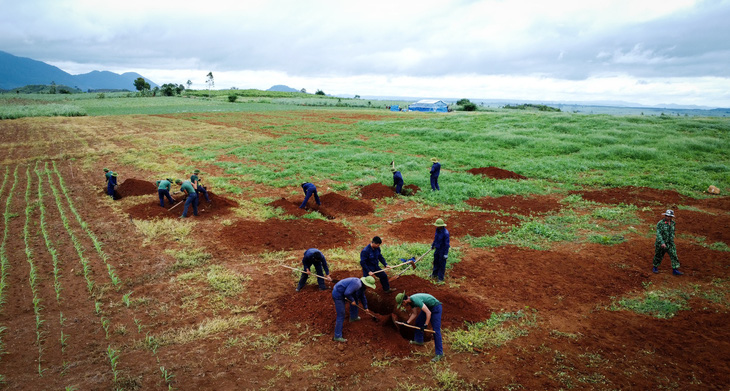
Soldiers of Team K52 Gia Lai Provincial Military Command diligently dig from one hillside to another hoping to find the remains of martyrs - Photo: TAN LUC
A series of searches were organized with thousands of working days and tens of thousands of square meters of earth and rock dug up, but the whereabouts of the ancient mass grave have not yet been discovered.
Heroic Battle
At noon on June 24, 1954, on National Highway 19 (now Dak Po District, Gia Lai Province), a lightning ambush broke out on a French military convoy. In this battle, the 96th Regiment and its affiliated units of Inter-Zone V destroyed the 100th French Mobile Corps, which had just been transferred from Korea to the Central Highlands (Vietnam).
In a house overlooking the street in Dak Po town, veteran Thai Diep (96 years old) still remembers clearly the bloody battle that year. Sitting and looking far away at the road that was the old battlefield, the old veteran emotionally recounted that the battle lasted for about 5 hours, from 2:00 p.m. on June 24 until dusk. Our soldiers ambushed the convoy on the hillsides along Highway 19, from the current Dak Po victory monument area to the end of the town.
During the battle, Mr. Diep was an 82 mortar soldier of the 3rd Company, 40th Battalion, tasked with destroying the infantry. When the French convoy entered the battlefield, it was blocked by fire from the front to the back, stretching for a kilometer. All the guns on the high points simultaneously spit fire on the panicking enemy troops.
Locked down with no way out, the French concentrated all their firepower on the battlefield. The reeds on the hill were cut into neat streaks by machine guns.
By the end of the battle, the enemy troops were scattered in small groups, fleeing, leaving behind a lot of weapons and artillery. After the battle, 700 French soldiers were killed and wounded, and 1,200 surrendered.
But the price for this victory was that 147 soldiers of Regiment 96, along with laborers and youth volunteers, remained forever on the battlefield, and time has now made them disappear.
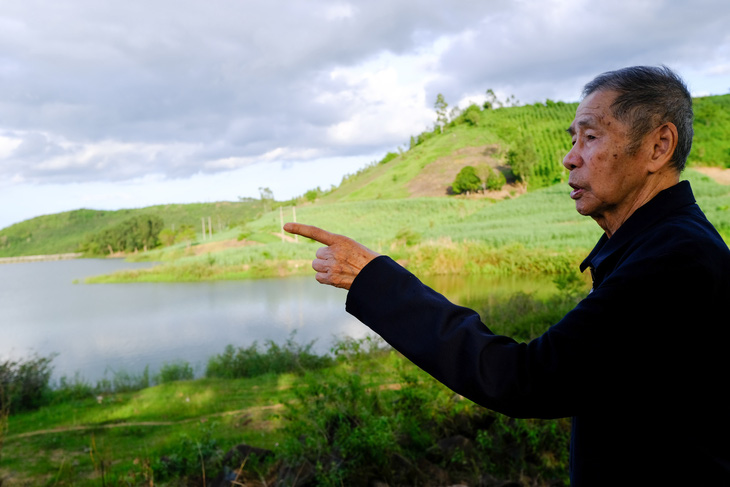
Veteran of Regiment 96 Thai Diep guesses the burial site of martyrs next to Ktung 4 Lake - Photo: TAN LUC
Where you lie in the vague memories of your comrades
At the age of 93, veteran Nguyen Anh Hoi, residing in An Khe town (Gia Lai), was overcome with emotion when asked about the burial place of martyrs. About an hour into the battle, Mr. Hoi was shot in the shoulder and was taken to a field hospital for emergency surgery.
The surgical station is located on a low hill, just over a kilometer from the battlefield. “From the hospital to the martyrs’ burial site is about 300-400 meters because there are no people to carry the bodies, they cannot be carried far. The burial team is mainly laborers and local guerrillas, now probably not many of them are still alive!”, Mr. Hoi was emotional.
Recalling the tragic memories, the old soldier tossed and turned many nights, tears streaming down his face as he remembered his comrades. He felt sorry for his brothers who had lain in the cold, desolate mountains and forests for 70 years without any incense!
According to the memory of Mr. Pham Long (93 years old), a former youth volunteer, the burial site was a relatively flat sandy land in the middle of the valley, about 3-4 sao wide, covered with oil trees and bushes.
“Back then, the march was rushed, the burials were hasty, the graves were dug only about half a meter deep. We wrapped whatever we had, mainly canvas, parachute cloth and some clothes for the martyrs. Later, we couldn’t find them, we thought a lot. Could it be that during the war, we had to bury our brothers in haste, in the middle of the forest where tigers, leopards, wild animals, and animals dug up and violated their bodies?”, Mr. Long had tears in his eyes.
At that time, the march was rushed, the burials were hasty, the graves were dug only about half a meter deep. The soldiers wrapped whatever they had, mainly canvas, parachute cloth and some clothes for the martyrs...
Veteran Pham Long
The tireless journey to find a common grave
A patchwork of fragmentary accounts, vague memories and scant information has repeatedly led to deadlocked searches, but authorities have not given up.
One day in mid-July 2024, dozens of officers and soldiers of the Martyrs' Remains Collection Team (K52, Gia Lai Provincial Military Command) landed on the low hillside in Group 2 of Dak Po town. On the red soil hillside next to where people were harvesting corn, they took turns using hoes to dig rectangular holes and then dug up all the red soil and small gravel.
For several weeks, young soldiers regularly carried hoes and shovels up the hillside twice a day, digging with all their might in the hope of finding some trace of the common grave, but there was nothing but dirt and rocks.
Lieutenant Dao Xuan Thien decided to choose this place for reconnaissance digging because it was relatively consistent with the stories of the veterans. Someone who had participated in burying the martyrs said that the burial place was a red soil hill, when they finished their mission, they washed their hands in a small stream next to it, not far from a large stone. After surveying, only this area had red soil and was also near a large stone, consistent with the stories.
In addition to the field search team, experienced officers from Team K52 spread out to the neighboring villages to listen in. A local resident reported that a few years ago, someone digging in an old field discovered a set of remains.
Meanwhile, others said that many years ago, while hunting, they met old Ba Na people during the resistance war and were told that the forest in front of the Dak Po monument was where many martyrs sacrificed their lives.
Following the information, Lieutenant Colonel Hoang Viet Ngoc - political commissar of Team K52 - went to the house of the landowner, Mr. Do Van Nguyen (60 years old), residing in Hamlet 4, An Thanh Commune, Dak Po District. Hearing that the Provincial Team was looking for the martyr, Mr. Nguyen was moved and quickly led the way through the vast sugarcane fields to his family's eucalyptus plantation.
After many years of farming, Mr. Nguyen said he had very strange feelings every time he came here. Although he was a "hard-hearted" person who did not believe in spiritual things, this man said he had never been able to sleep during the nights he stayed in the field. Therefore, he immediately agreed when Lieutenant Colonel Ngoc suggested that he conduct a reconnaissance dig in the field.
Everyone prays for the heroic martyrs to be gathered in the cemetery so that their souls may rest in the incense of their compatriots.
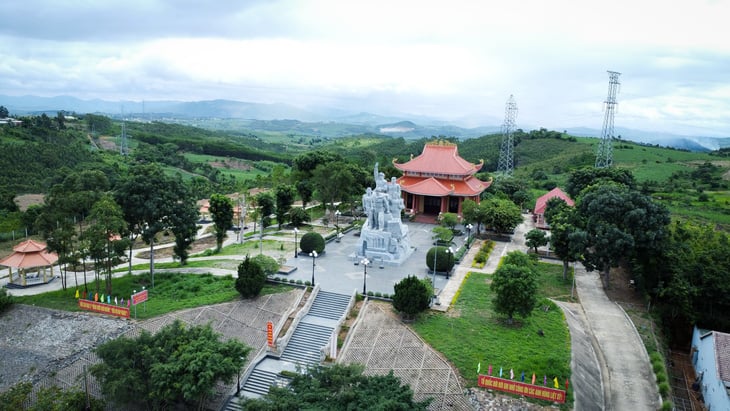
Dak Po Victory Monument on the hill overlooking Highway 19 – Photo: TAN LUC
Identify two areas
Leading us to the Ktung 4 irrigation lake area north of the Dak Po victory monument, Lieutenant Colonel Ngoc said that since 2016, soldiers of Team K52 have been digging and reconnaissance in many locations around the lake. Pointing to the vast surface of the lake, Lieutenant Colonel Ngoc said that only the lake bed has not been dug down yet.
Before the Gia Lai Provincial Military Command joined the search, since 2011, the Dak Po District People's Committee had organized many workshops to collect information. Through information from the Veterans Liaison Committee of Regiment 96 and local people, two areas were identified as potential burial sites for martyrs. These were the area near the communal house of Kuk Kon village (An Thanh commune) and the surgical station area west of Ktung lake.
According to Dak Po District Military Command, since 2016, this agency has coordinated with Team K52 to conduct many survey and search operations with thousands of working days. In total, they have dug an area of 21,500 square meters but have yielded almost no results.
Except for the 2023 search, which discovered the remains of an unidentified martyr in village 4, An Thanh commune.
Tuoitre.vn
Source: https://tuoitre.vn/70-nam-sau-chien-thang-dak-po-van-dau-dau-tim-mo-147-liet-si-20240727075336029.htm








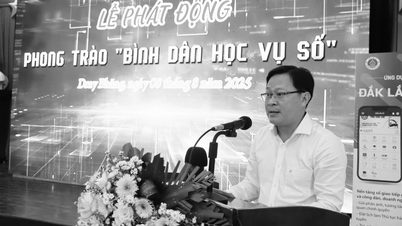



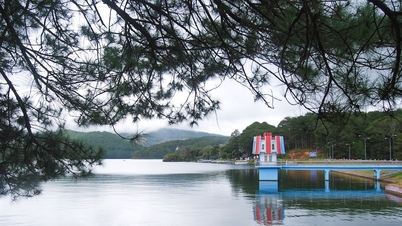






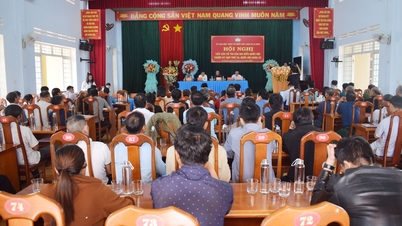
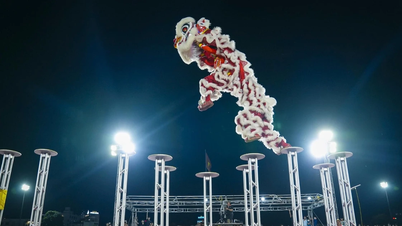
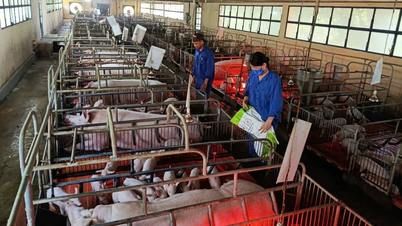












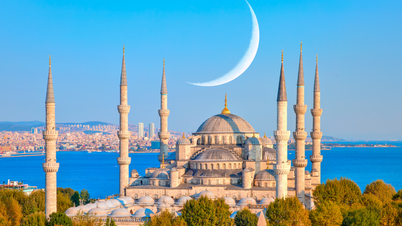

![[Photo] Opening of the 13th Conference of the 13th Party Central Committee](https://vphoto.vietnam.vn/thumb/1200x675/vietnam/resource/IMAGE/2025/10/6/d4b269e6c4b64696af775925cb608560)







































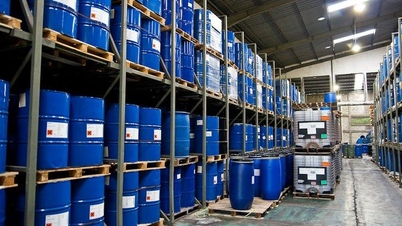

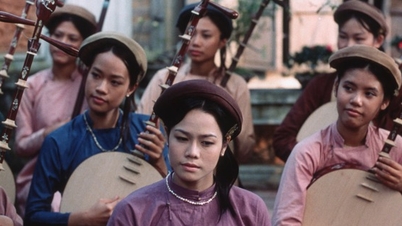


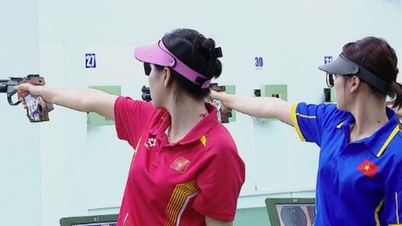


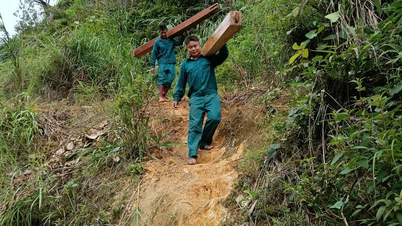

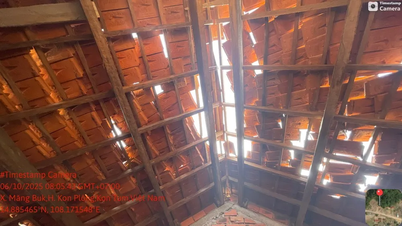

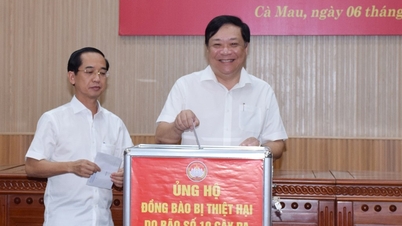


















Comment (0)